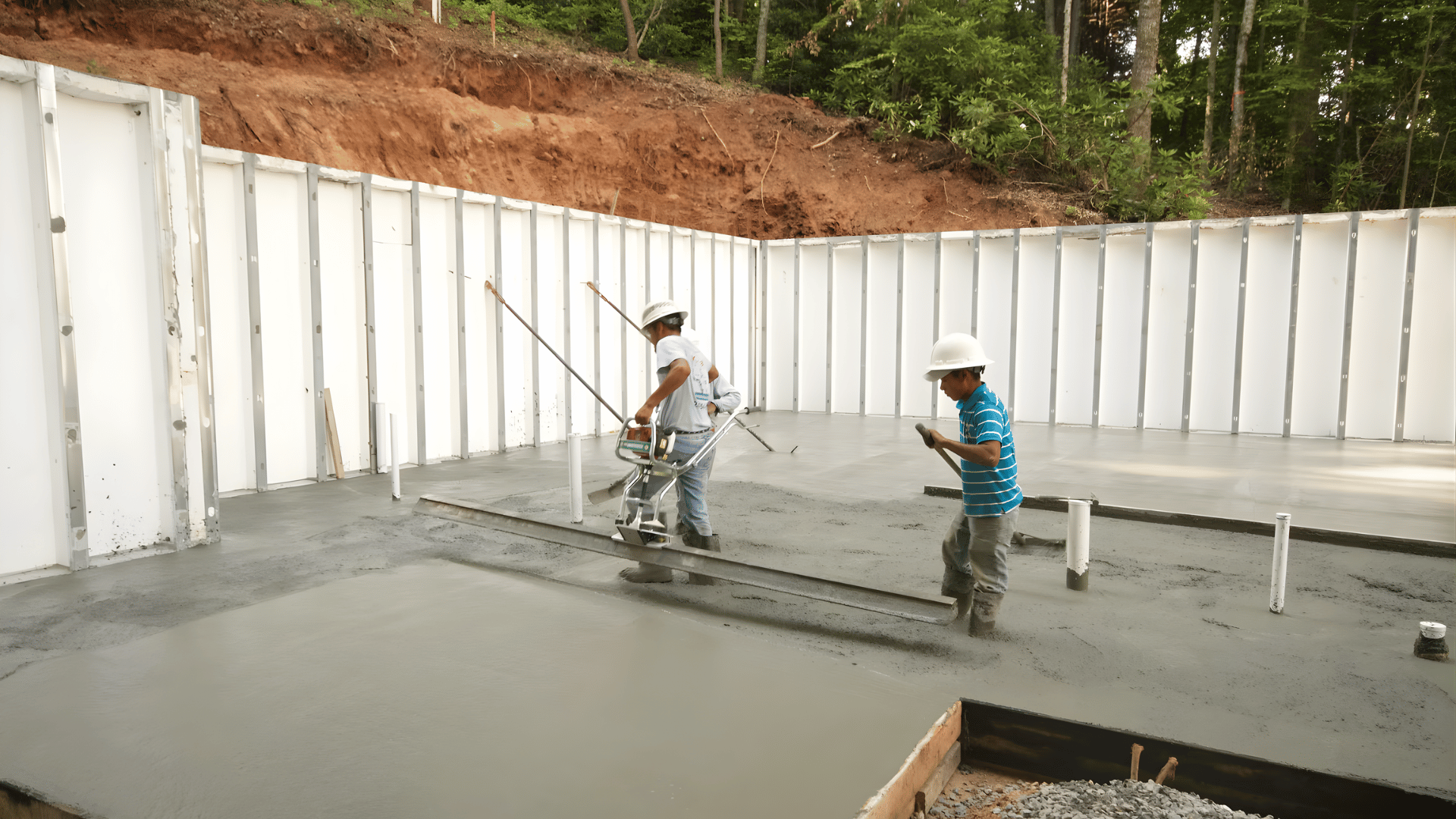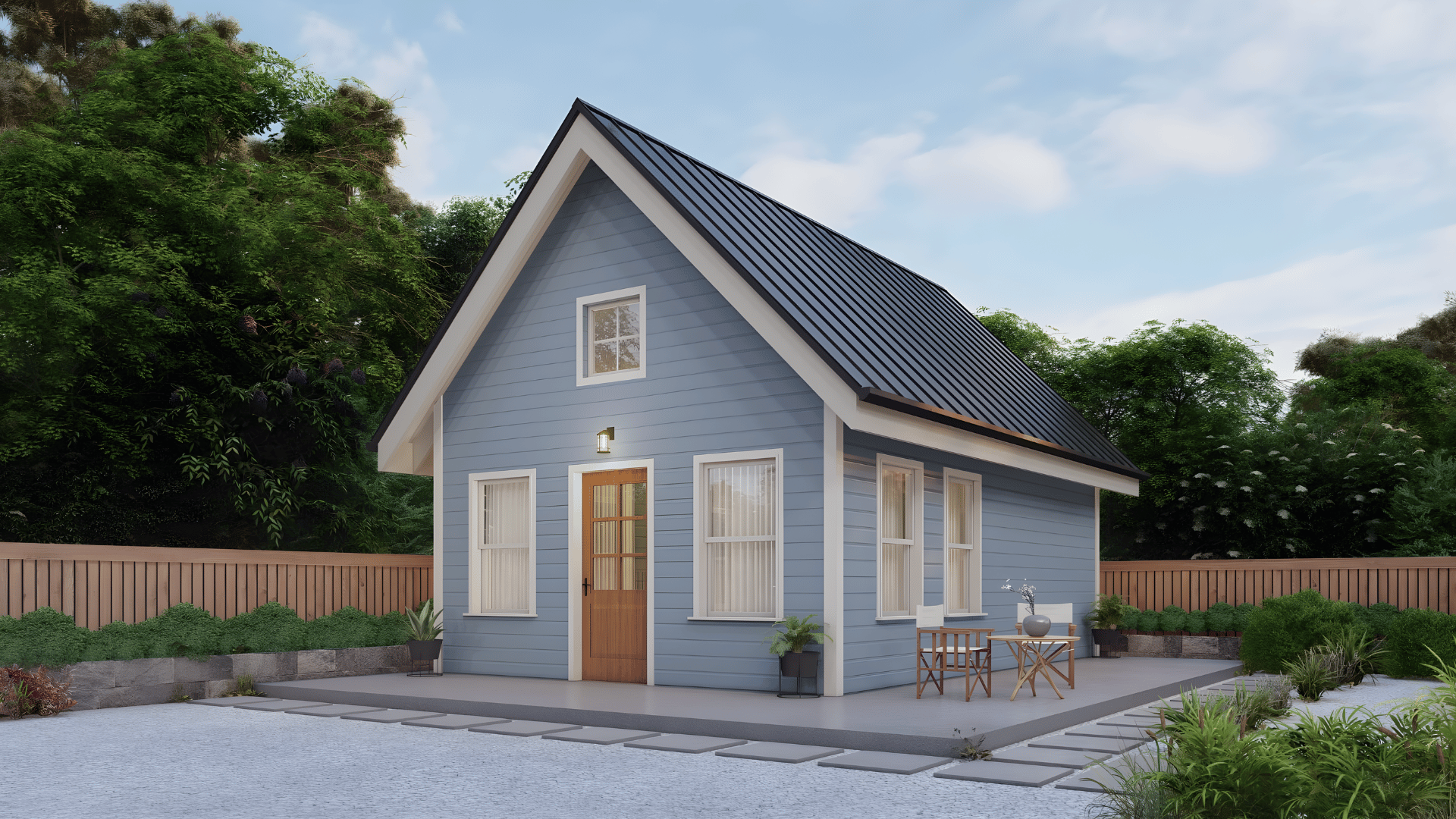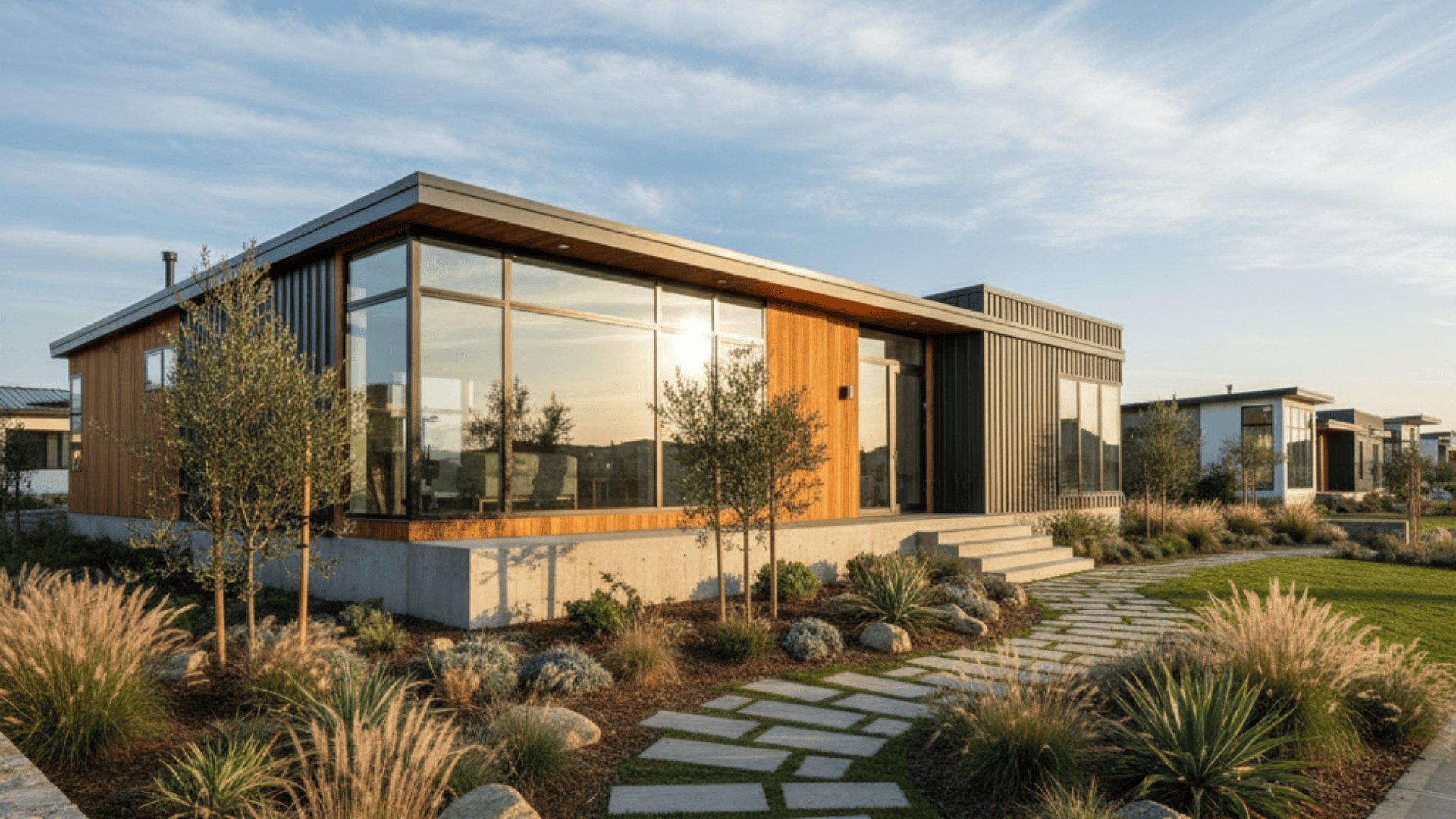When building a home, the foundation is one of the most important choices you’ll make. It shapes your home’s comfort, strength, and overall durability.
Today, many homeowners want a foundation that’s practical, long-lasting, and fits their lifestyle.
In this guide, I’ll break down the basics of slab basements, what they are, when they work best, and how they compare to other foundation types so you can make the right decision for your home’s future.
Let’s get started!
What Does a Slab Basement Mean?
A slab basement is a foundation where a single layer of concrete is poured directly onto the ground. This solid slab serves as both the floor and the base of the home, supporting the entire structure above it.
Unlike traditional basements, it doesn’t include any space below, which simplifies and speeds construction. The slab is usually reinforced with steel bars to add strength and prevent cracks.
With its clean, level surface and straightforward design, it provides a durable, practical foundation that suits many modern home builds.
Ideal Conditions for Installing a Slab Basement
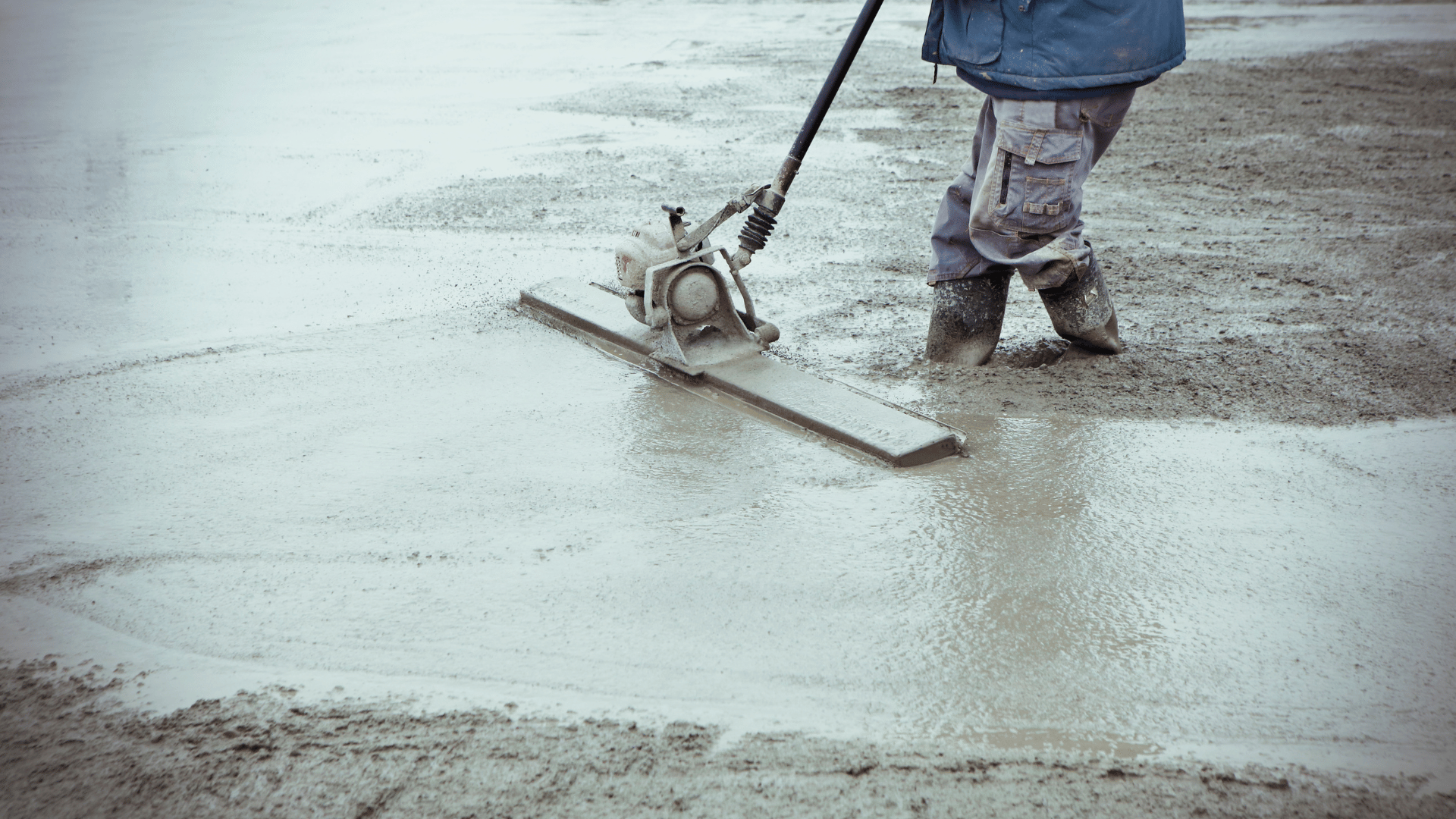
When planning a container home, choosing the right foundation and site conditions is key to long-term stability and comfort. Some environments are simply better suited for this type of build.
- Best Climate: Warm, dry regions without deep frost or frequent freezes are ideal. Stable temperatures prevent soil movement and foundation cracks.
- Land Type: Works best on flat or gently sloping lots with well-drained soil to avoid moisture buildup or flooding.
- Design Benefits: Offers a smooth, level base that fits open layouts, modern designs, and easy entry access.
With proper site choice and insulation, your container home will stay strong, dry, and comfortable all year round.
Slab Basement vs. Full Basement vs. Crawl Space
Choosing the right foundation depends on your home’s needs and environment. Each option, slab, crawl space, or full basement, offers unique advantages and trade-offs.
| Feature | Slab Foundation | Crawl Space Foundation | Full Basement Foundation |
|---|---|---|---|
| Cost | Lowest cost; most affordable option | Moderate cost; higher than slab | Highest cost; requires excavation and materials |
| Construction Time | Fastest to build | Moderate build time | Longest to build; excavation adds time |
| Extra Space | No extra space | Some room for utilities | Additional living or storage space available |
| Climate Suitability | Best for warm, dry climates and level land | Suitable for mild or humid climates, uneven land | Ideal for cold climates and larger homes |
| Maintenance | Low maintenance; minimal upkeep | Moderate; risk of moisture and pests | High; needs waterproofing and regular checks |
| Energy Efficiency | Highly efficient; concrete stabilizes temps | Good; depends on insulation and ventilation | Moderate; varies with waterproofing and sealing |
| Repair Accessibility | Hardest; plumbing embedded in the slab | Easy access for plumbing and wiring | Moderate; utilities often routed overhead |
Each foundation type serves different priorities: affordability, access, or extra space. Consider your climate, land type, and lifestyle to choose the one that best supports your home’s long-term comfort and value.
Slab Basement Maintenance and Repair
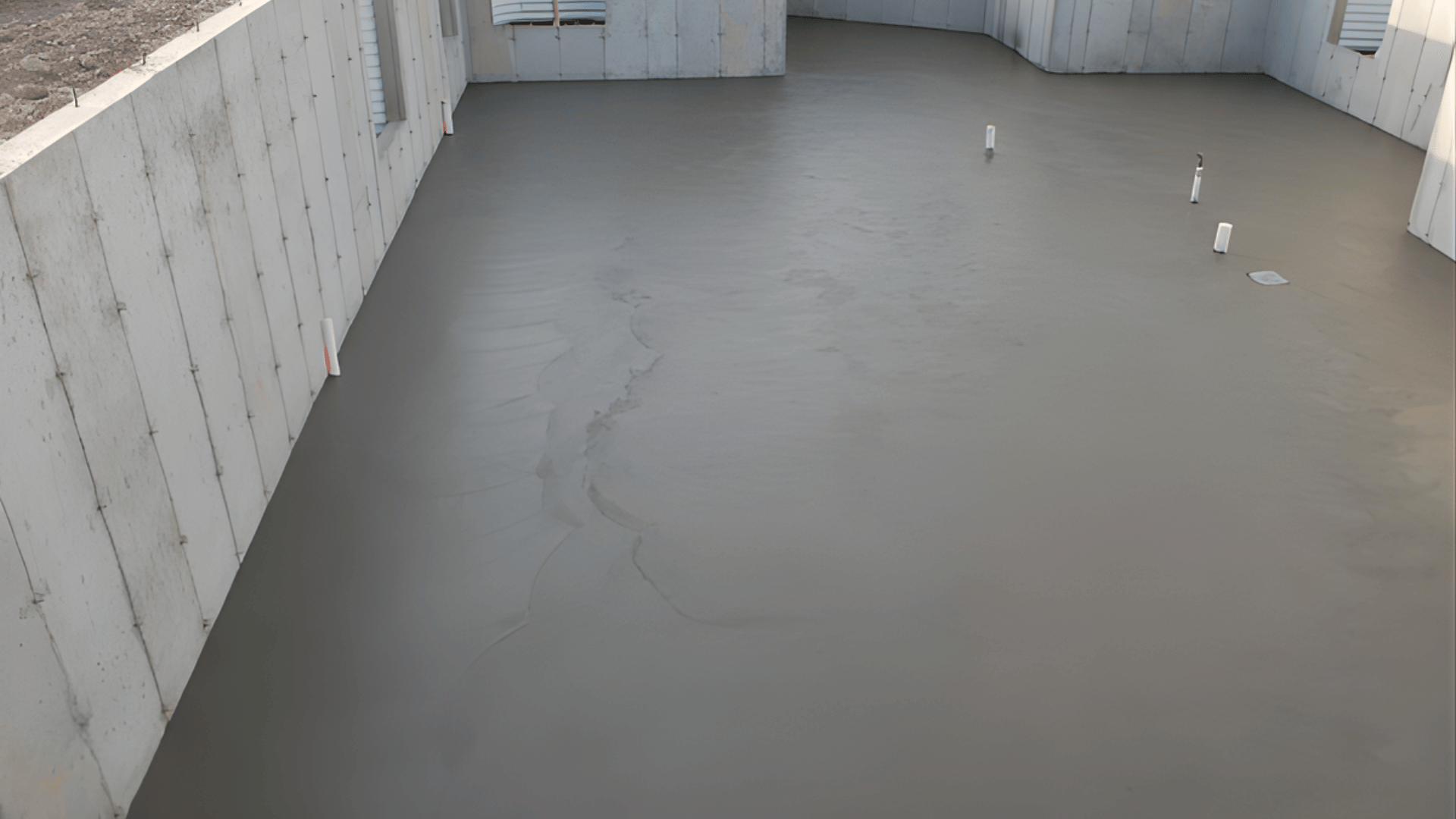
Proper maintenance keeps it strong and long-lasting. While durable, it can face issues like cracking, plumbing difficulties, and moisture buildup if neglected.
Cracks often appear due to shifting soil, temperature changes, or poor soil preparation. Small ones are normal, but larger cracks should be repaired quickly to prevent structural damage.
Plumbing can also be challenging since pipes are set within the concrete. Adding external access points or protective sleeves during construction helps make future repairs easier.
Moisture is another concern, especially if drainage is poor. Installing vapor barriers, maintaining proper grading, and using dehumidifiers can prevent dampness and mold.
Slab Basement: Pros and Cons
A slab basement combines the strength of a concrete foundation with a simple, low-maintenance design. While it’s durable and affordable, it also comes with a few limitations depending on your climate and home design needs.
| Pros | Cons |
|---|---|
| Cost-Effective: Requires fewer materials and labor, making it cheaper than full basements. | Limited Access for Repairs: Plumbing and wiring are embedded in the slab, making fixes harder and costlier. |
| Faster Construction: Minimal excavation speeds up the build, saving time and effort. | Risk of Cracking: Soil movement or temperature changes can cause foundation cracks over time. |
| Energy-Efficient: The solid concrete helps regulate indoor temperatures, reducing energy costs. | No Extra Space: Doesn’t provide storage or room for utilities like basements or crawl spaces. |
| Fewer Pest Issues: With no crawl space underneath, pests have fewer places to nest or enter. | Cold Floors: Without proper insulation or heating, slab floors can feel cold during the winter months. |
Tips for Homeowners with Slab Basements
Owning this basement comes with specific care needs. Following these simple tips can help maintain its strength and prevent costly issues over time.
- Inspect annually: Check for small cracks or uneven floors once a year to catch problems early.
- Manage drainage: Keep gutters, downspouts, and grading in good shape so water flows away from your home.
- Seal cracks promptly: Even minor cracks can expand and let in moisture seal them as soon as you notice them.
- Monitor plumbing: Since pipes run under the slab, look out for signs of leaks like damp spots or increased water bills.
- Add floor insulation: If your slab feels cold, consider adding insulation or radiant heating for comfort.
- Control indoor humidity: Use dehumidifiers in humid climates to prevent moisture buildup and mold.
Consistent upkeep ensures your slab basement stays sturdy and efficient for decades.
Conclusion
Your home’s foundation does more than hold walls; it defines how your home feels, lasts, and performs for years to come.
A slab basement offers a smart balance of simplicity, durability, and energy efficiency, making it a practical choice for modern homeowners seeking value and comfort.
Before you decide, take time to evaluate your land, soil type, and climate conditions.
Discuss your plans with a trusted builder or foundation expert to ensure your home stands strong, efficient, and low-maintenance for decades.

